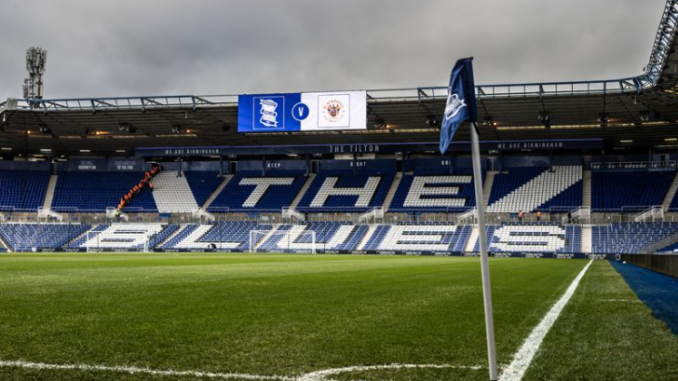
Birmingham City played Exeter City in a League One clash at St. Andrew’s @ Knighthead Park on Saturday
Exeter City claim their midfielder, Caleb Watts, was subjected to racial abuse on Saturday.
On Saturday, the Grecians traveled to St. Andrew’s @ Knighthead Park to face Birmingham City in League One. And few hours after the final whistle, Exeter released a statement on social media platform X, which Blues reposted.
It read: “Exeter City FC is appalled by the racist abuse sent to Caleb Watts on social media today.
“The message is clear: racism is unacceptable in our society. The club is collaborating with the police and @kickitout to help Caleb.We need your help to eliminate this. If you witness or hear racist activity, please do not remain silent. Report it immediately at http://kickitout.org/report or by calling 020 3967 8989.
“Together, we can make a difference.”
Watts played for Exeter against Blues on Saturday, starting and playing the entire 90 minutes as Chris Davies’ side triumphed 1-0 thanks to an Ethan Laird goal.

Leave a Reply